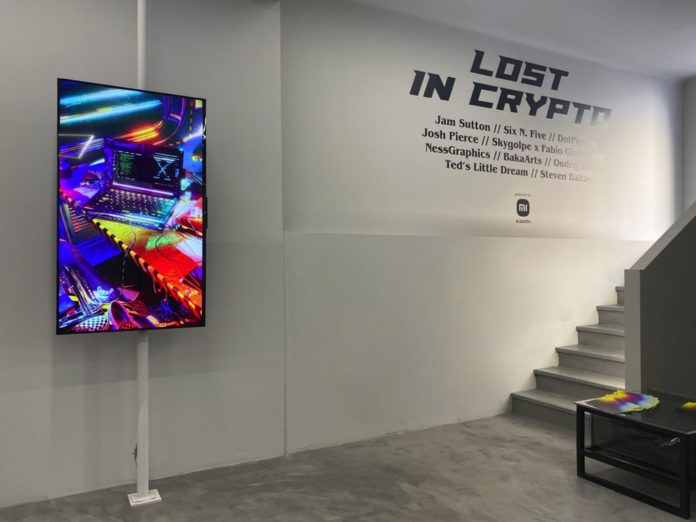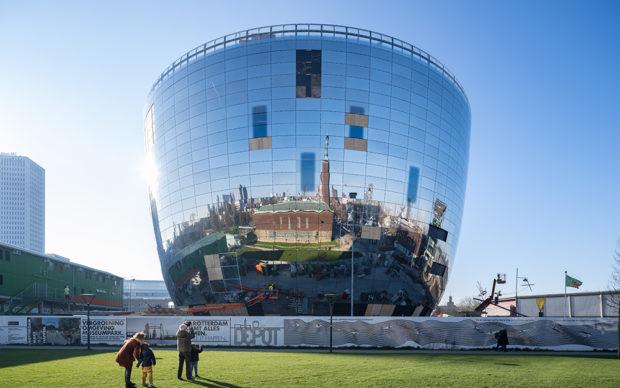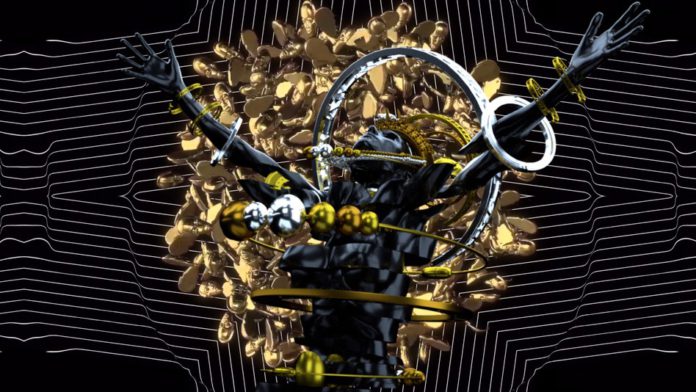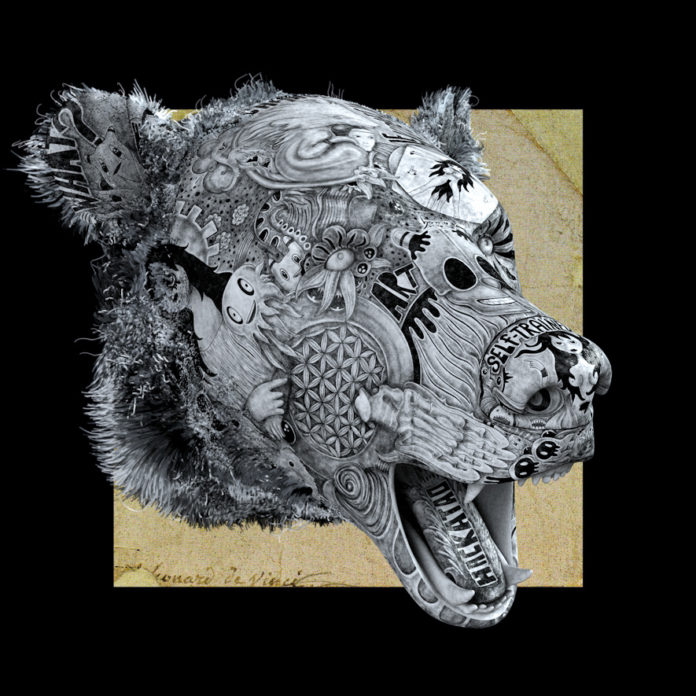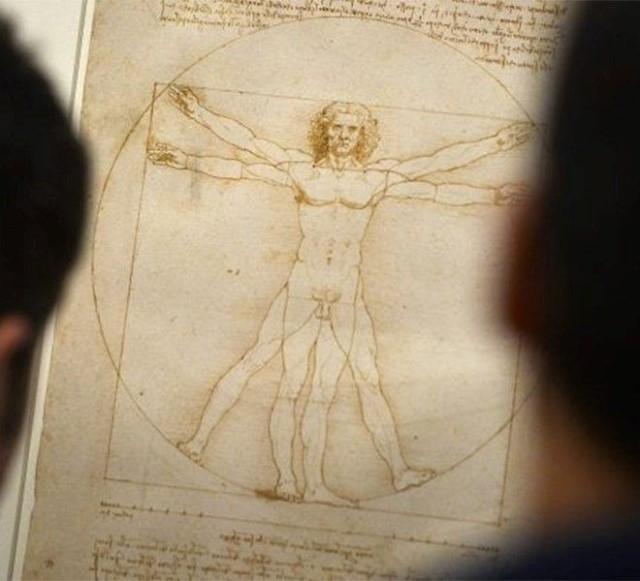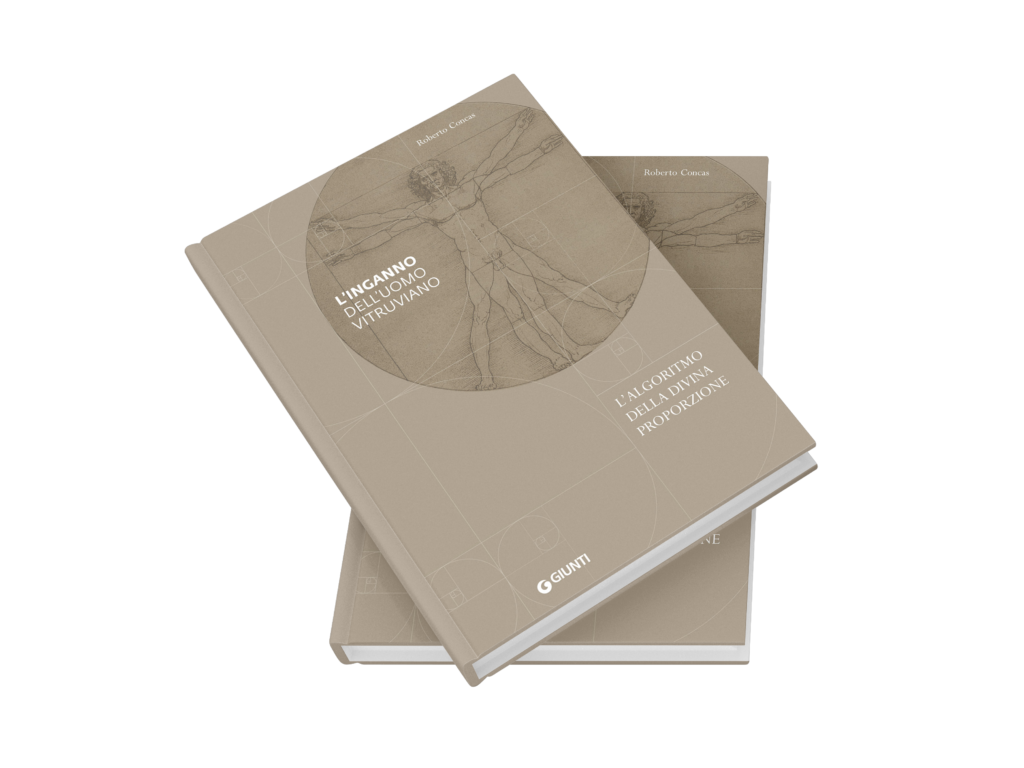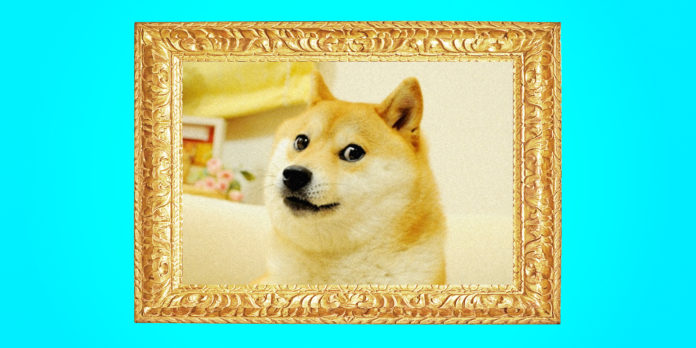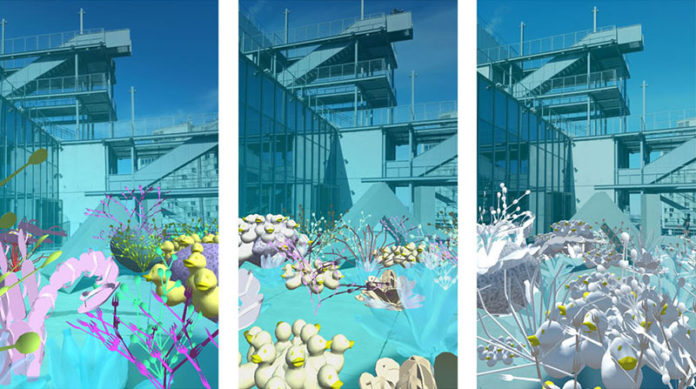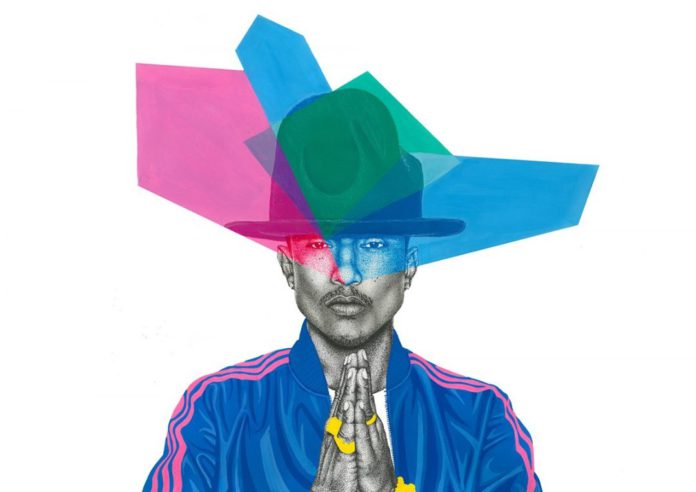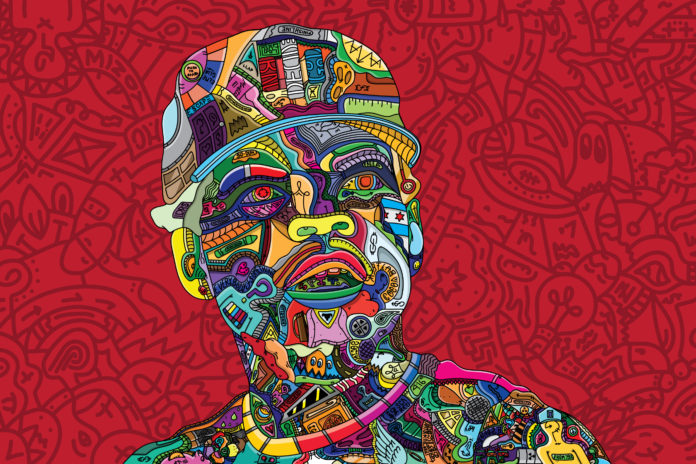Leonardo da Vinci and the deception of the Vitruvian Man. Interview to Roberto Concas
A very secret science, a deception revealed after more than 500 years and the discovery of an algorithm, a Blockchain of the past, which promises to change the vision we have of works of art: these are the ingredients of the first volume of a 30-year-long research by Roberto Concas, Art Historian, Museologist and Museum Systems Designer.
In this interview, Roberto Concas tells how the research began and how, even though he didn’t want to, he managed to unveil the deception of the Master of Masters, Leonardo da Vinci, hidden for over 500 years in his famous drawing of the Vitruvian Man.
Starting from observation and experience, as da Vinci said was everything to really understand the hidden signs, so Concas didn’t stop at accepting common thought, but went beyond where no one had ever gone….
- From what assumptions did your research begin and what role has Semiotics played in art?
The assumption was born early, since the first year of university, when I asked my teachers the reason for the shape of the pictorial retables. And not having had satisfactory answers, I did it myself. It took me more than thirty years, but I succeeded!
The Semiotics of Art was the key to approach the subject without the so-called “disturbances” of semantics, that is, those conditions for which the acceptance of the pact of “truthfulness” is configured, as Umberto Eco writes.
In practice we accept a condition for what we are told by common thinking, without it being checked again.
If, on the other hand, we start from observation and experience, as Leonardo says, signs can tell us a lot!
It could be said that signs do not lie, especially, as in the case of art, when they are true writing, legible, writable, iterable over time and without the receiver.
- So is there a secret language in works of art?
Yes, it exists, but we must understand the secret. I would say that it is a so-called “sectorial language” reserved for a few, sometimes handed down with real initiation rites closed within congregations.
The long work begun with the retables, finds an unexpected and incredible turning point in the drawing of Leonardo’s Vitruvian man that allows us to access the ancient rules of Divine Proportion.
The mathematician friar Luca Pacioli, Leonardo’s friend and teacher, writes about the Divine Proportion that it is a very secret science and one with the Holy Trinity.
This indication of Pacioli’s has remained as such and without solution for over 500 years, and today we can finally decipher and interpret it in its true reason.
The Divine Proportion is a system of writing wanted, presumably, by the fathers of the Church, to distinguish the Christian art, voted in the dogma of the Holy Trinity after the first Council of Nicea in 325.
In practice a virtual writing, artificial as Thomas Aquinas writes, understood as a hidden watermark observable only by the expert eyes of the initiates.
Today its algorithm has been revealed thanks also to Leonardo’s drawing.
- On the art market: data speak of the fact that more than 50% of works of art placed on the market are fake or of incorrect attribution. Through the algorithm, a sort of Blockchain of the past, is it therefore possible to recognize fakes?
That’s right, the Divine Proportion algorithm is just like a Blockchain, verifiable and certifiable at a distance of places and time. A trace not modifiable and included in the works of the Christian Trinitarian age in an era between the fourth and eighteenth centuries.
A message decipherable by few, we must in fact think of figures of “controllers” sent by the Christian Church, which had already become the state religion in 311 in Armenia and then with the Edict of Constantine in ever larger regions of the Mediterranean.
The “state” reason for these controls, which were very strict and severe, was the fight against iconoclasm, a fight without frontiers, and the secret algorithm was the absolute guarantee that the works of art had been made on behalf of the Church.
- More than 500 years after Leonardo da Vinci’s death, the great master’s deception has been revealed through his research. What other surprises await us from the next volumes scheduled for publication?
I have divided the research into two parts, the first has just been published by Giunti editore for the Regional Direction of Museums of Sardinia of MiC, with the title “The Deception of Vitruvian Man – The Algorithm of the Divine Proportion”.
The second part, very delicate for the results that have emerged, I hope will see the light soon. The subject, unpredictably, has taken a turn, consistent with what was found in the first part, but I would say more insidious, even thorny, such as to be treated with great care and with certifiable and objectively verifiable data, by all.
The approach will have to be consequential with the first part of the research, but a greater “serenity” will be necessary because it will touch themes, always connected with the dogma of the Holy Trinity, but with unexpected iconographic implications, deep that could even disturb.
But I can not say more, inviting everyone to read carefully the first volume, where there is really a lot and a path full of developments.
CLICCA QUI PER ACQUISTARE IL LIBRO



